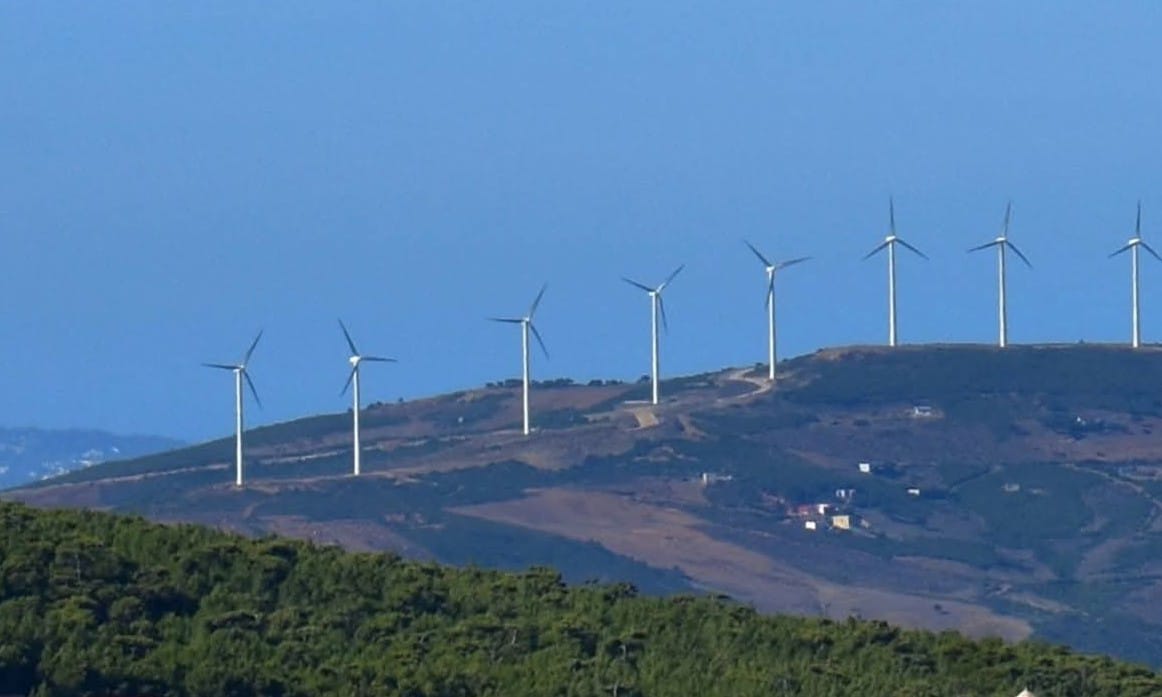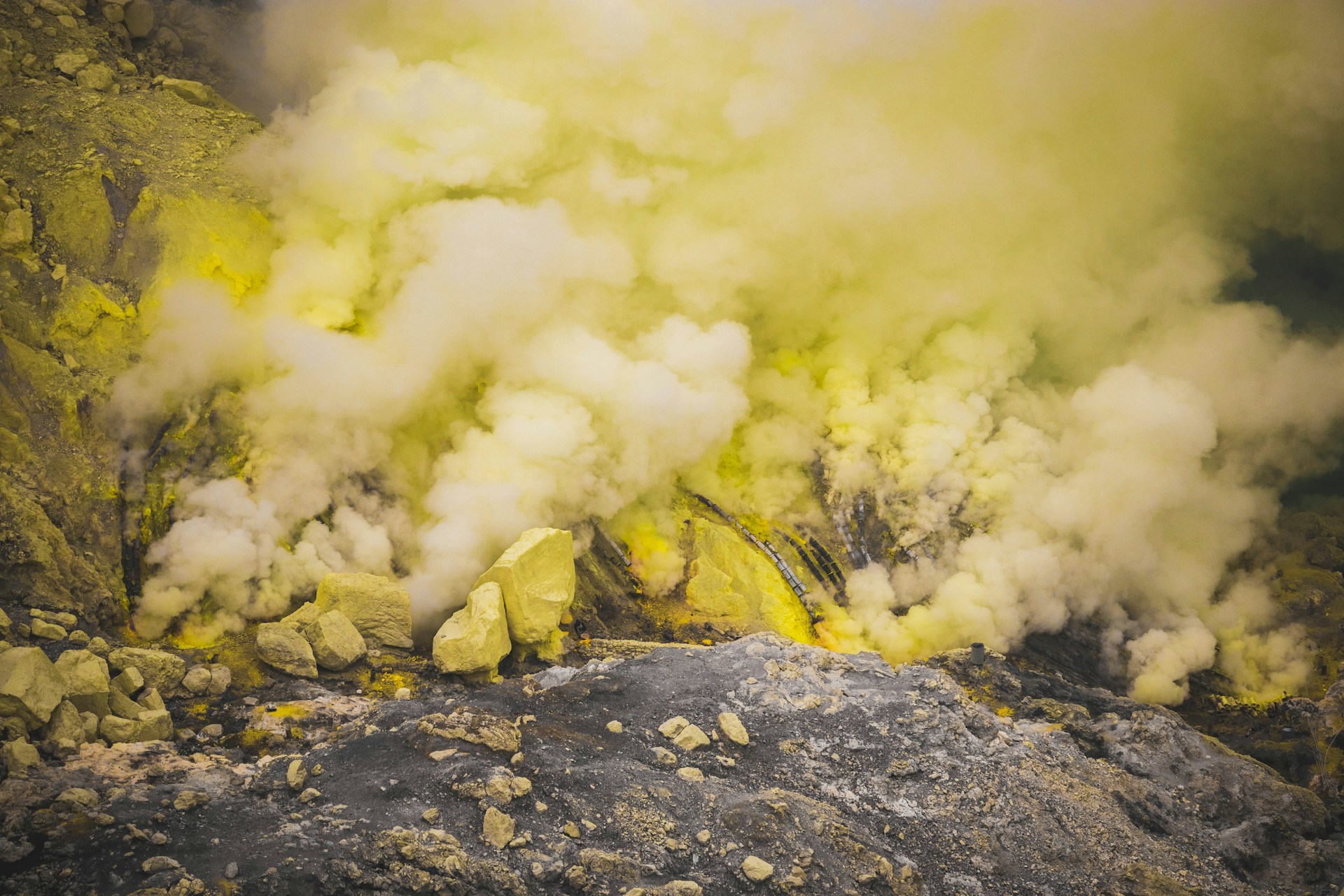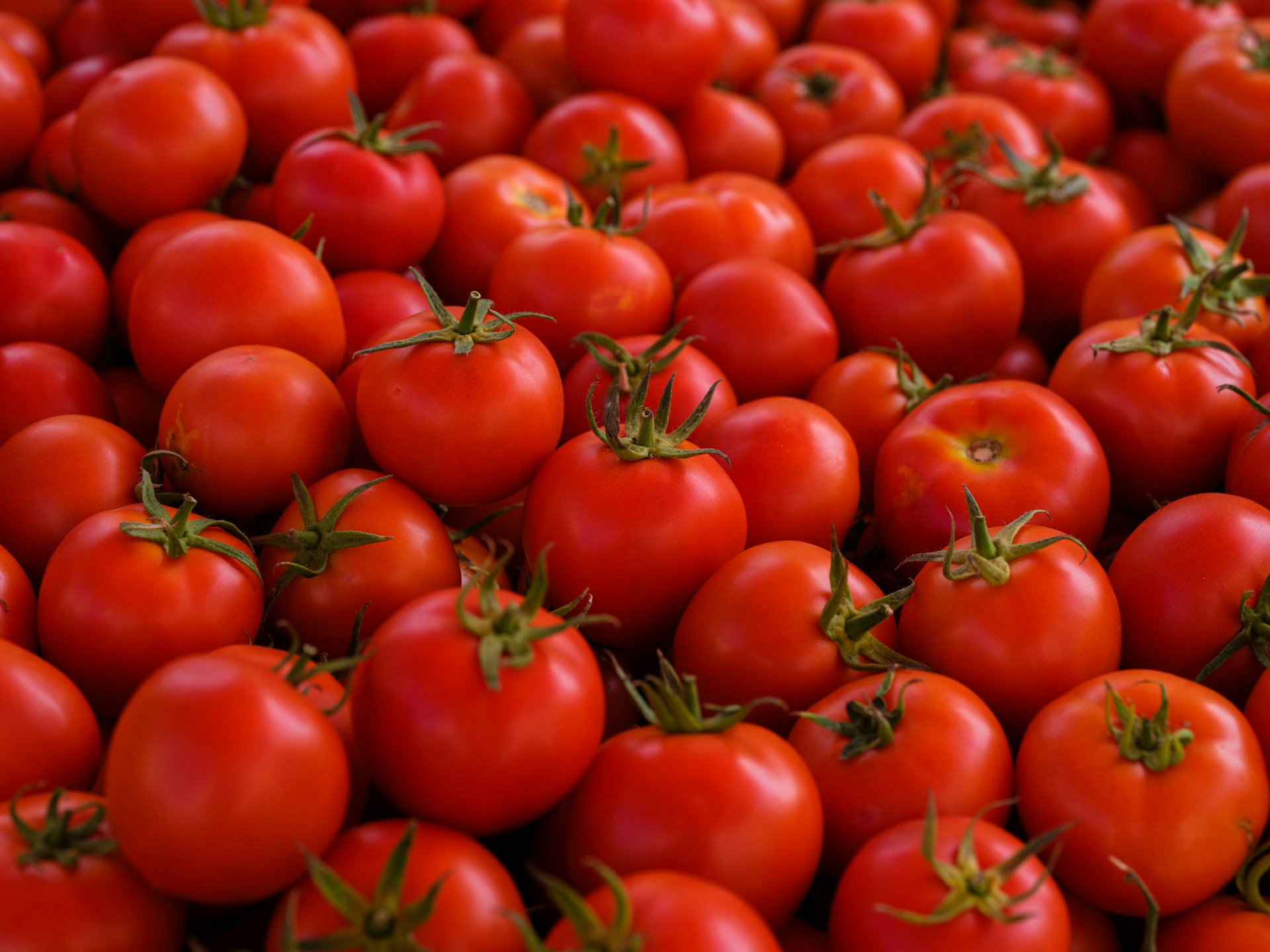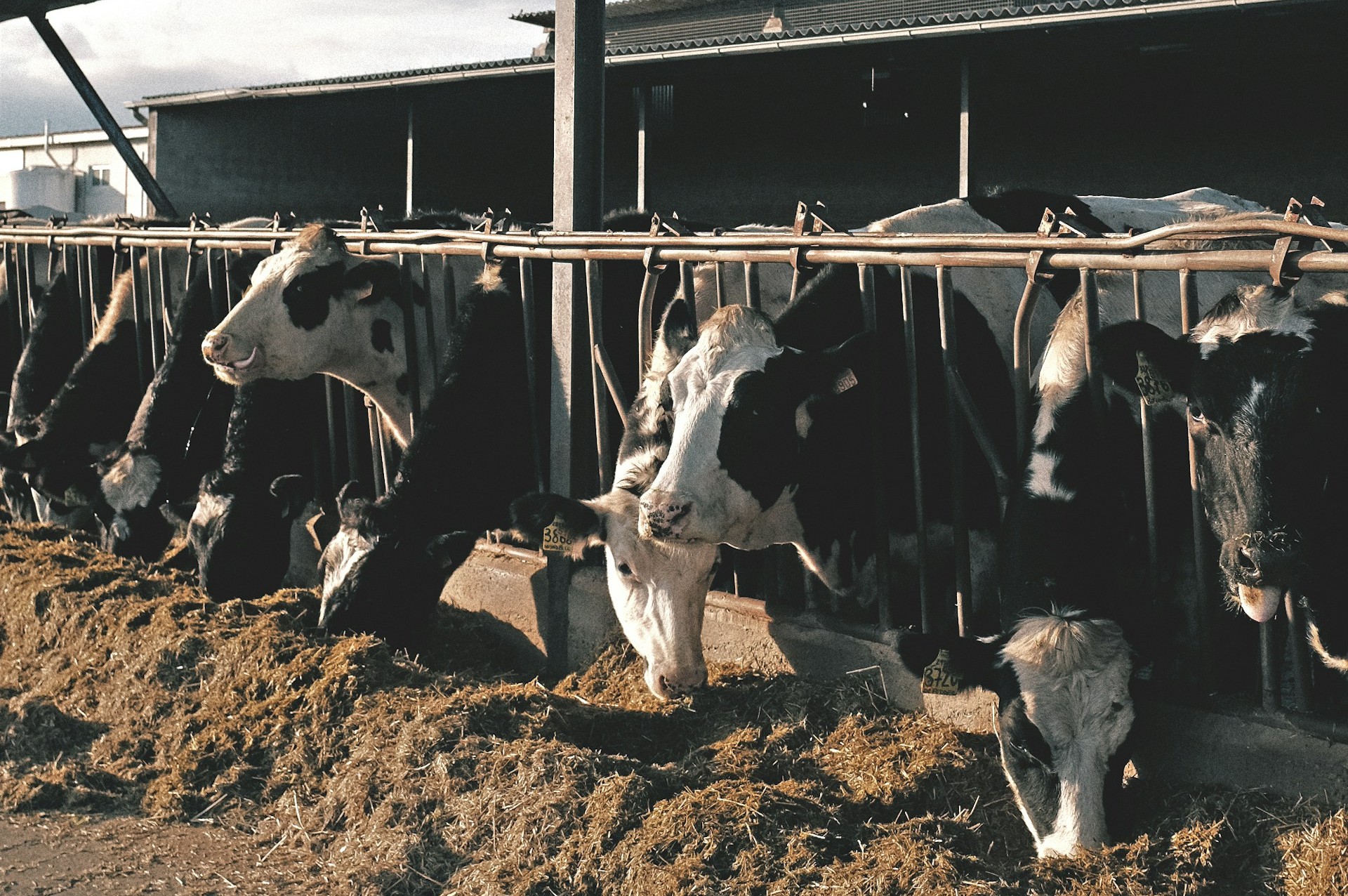Casablanca – Morocco’s sulfuric acid imports reached a three-year high in 2024, exceeding 2 million tons, according to customs data. This surge reflects the increasing demand for sulfuric acid, particularly in the Jorf Lasfar industrial complex, which plays a key role in the production of phosphate fertilizers.
Rising demand and industrial expansion
The sharp rise in imports aligns with Morocco’s ongoing expansion in phosphate fertilizer production, a crucial sector for the national economy. Sulfuric acid is essential in processing raw phosphate into phosphoric acid, a core ingredient in fertilizer manufacturing. The Office Chérifien des Phosphates (OCP), Morocco’s leading phosphate producer, has ramped up its capacity by launching two new sulfur-burning units at Jorf Lasfar, further driving demand for sulfuric acid.
Key suppliers and import breakdown
In 2024, Morocco sourced sulfuric acid from a diverse range of suppliers. Nearly 50% of total imports came from China and several Mediterranean-Black Sea region countries, reflecting a strong international supply network.
- China remained the leading supplier, exporting 424,000 tons, maintaining levels similar to 2023.
- Italy increased its shipments to 264,000 tons, up significantly from 19,000 tons the previous year.
- Bulgaria exported 227,000 tons, also rising from 19,000 tons in 2023.
- Turkey supplied 207,400 tons, marking a substantial increase from 37,000 tons in the previous year.
- Spain recorded 198,000 tons, the highest since 2021.
- Northwest European countries collectively shipped 430,000 tons, more than doubling their 2023 export levels to Morocco.
Shift towards local processing and raw sulfur imports
Despite the record imports in 2024, projections for 2025 indicate a shift in strategy. With the new sulfur-burning units at Jorf Lasfar fully operational, Morocco is expected to reduce its sulfuric acid imports to between 1 and 1.1 million tons. Instead, the country is prioritizing the import of raw sulfur, which will be processed locally, enhancing industrial efficiency and reducing reliance on ready-made sulfuric acid.
Long-term strategy: Securing raw material supply
To ensure a stable supply of raw materials, OCP signed a 10-year agreement with QatarEnergy in late 2024 to import 7.5 million tons of raw sulfur. Qatar, one of the world’s largest sulfur producers, has an annual production capacity of 3.4 million tons. This agreement is expected to strengthen Morocco’s position in the global fertilizer market while reducing dependence on external sulfuric acid sources.
Outlook
With Morocco’s continued investment in fertilizer production and a strategic shift towards local sulfur processing, the country is set to optimize its supply chain. The transition to importing and refining raw sulfur instead of sulfuric acid is expected to enhance cost efficiency and industrial sustainability in the long run, reinforcing Morocco’s role as a key player in the global phosphate industry.
















